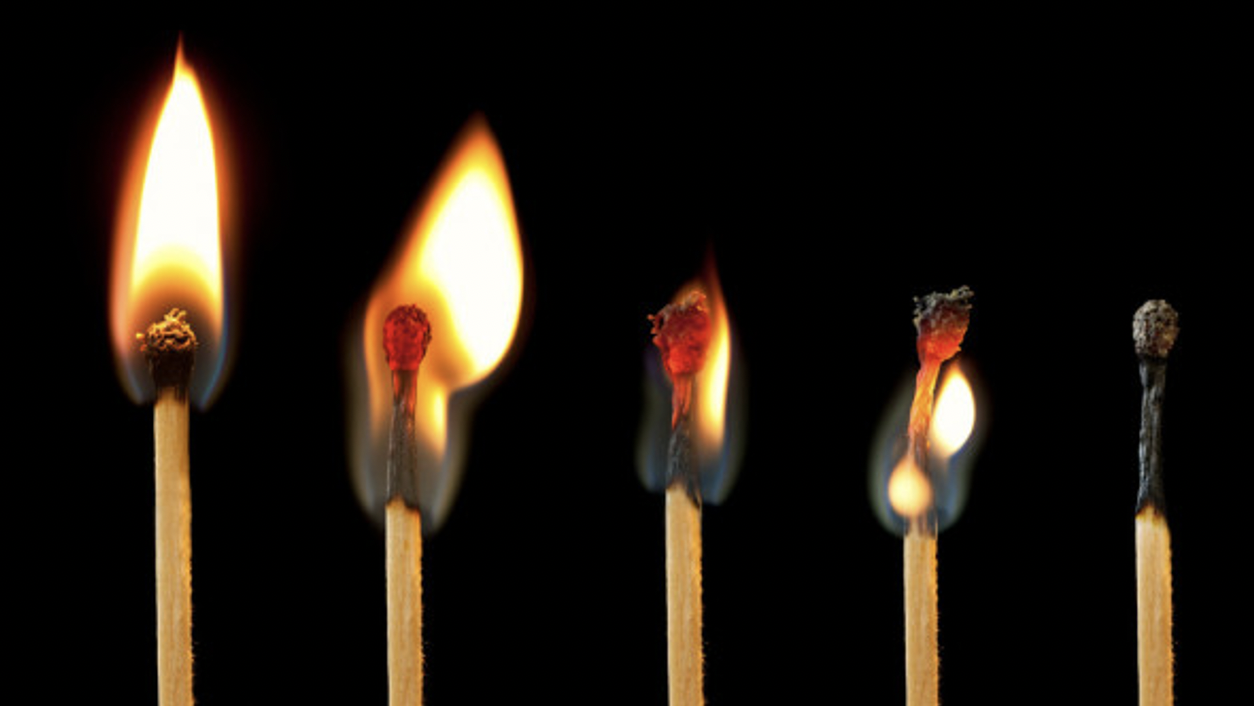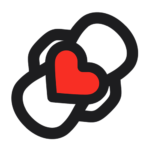
On October 10th, we honoured ‘World Mental Health Day’. This celebration should remind us that taking care of our mental wellbeing is just as important as taking care of our physical selves. However, I know personally that it pushed me into introspection; to undertake a check up on myself and ask- How am I? What measures am I taking to look after myself, living in both a society, and a critically conditioned mind that tells me I am too fat, too thin, too loud, too quiet, too smart and too stupid all at once. How am I navigating a capitalist framework that determines my value and self-worth on my ability to discipline myself; when being able to work until you drop becomes a valuable trait, rather than a toxic one. I came to the upsetting conclusion however, that even on days when I feel numb and unavailable, when everything I do feels futile and I no longer feel like myself, I will still criticise myself for being lazy and unproductive. Today I wish to serve as the voice in your head that tells you; You are not lazy. You are burnt out. The difference is overwhelming.
This pushes a key question; how do we spot burnout within ourselves? What is a normal level of tiredness and stress, and what level is unmanageable? Burnout usually presents itself through a triad of detachment: experiencing emotional exhaustion, having a decreased sense of accomplishment and overall, a depersonalisation of the self. Hubert Freudenburger defined burnout as ‘state of mental and physical exhaustion caused by one’s professional life’, while others suggest it more plainly; ‘caring too much, for too long.’ Your body may behave differently; eating more or less than usual, irregular digestion, insomnia, inability to concentrate and fatigue. Sometimes, you are more susceptible to illness, as your immune system weakens from depleted resources. It underlines the fact that emotions and stress exist in our bodies. They are neurological events and cycles. It can be difficult to come to terms with this concept; the idea that we have carried around every emotion we have ever had, and not just in the abstract sense, but in your very muscle tissue. We must recognise that we aren’t rational beings who sometimes feel emotions, but we are emotional beings who sometimes think.
Statistics affirm the reality that burnout will likely touch all of us, and that cases are only on the rise. The magnitude of the COVID-19 pandemic managed to dissolve every boundary we put in place to prevent it. Our homes became our offices, our classrooms, our lecture theatres, our gyms and restaurants. The home is no longer a designated place for rest and recovery, but instead a balancing act. Shockingly, half of professionals working longer hours at home. Previously we may have had unions to protect our conditions, but in a time of blurred personal and professional spaces, we must learn to say no. To say no to extra work, and accept that we
are more than our jobs. There is a danger of employees paying lip service to staff wellbeing, by encouraging rest but not reducing sources of stress. There has been a deferral of this responsibility onto the individual, to manage their own wellbeing.
In fairness, some TNC’s and larger businesses have awarded their workers ‘burnout breaks’, to help them recover from the unfettered intensity of the pandemic. Nike in August gave their employees a week-long break to allow employees to focus on mental health, before going back to the office. Further, Bumble employees were told in June to be ‘fully offline’ for a week, after a senior executive said she “correctly intuited our collective burnout”. With this information, it’s clear the tangible way in which burnout affects productivity is widely understood. It shouldn’t be radical then to impose regular breaks and boundaries within the workplace to prioritise rest before work becomes collectively overwhelming. The terrifying statistic that working 55 hours or more a week increases the risk of death by heart disease or stroke, should be enough to provide proper preventative support. The way in which breaks are only introduced after damage is done suggests this isn’t done out of genuine care, but is actually a beneficial financial decision to reward and rest workers. According to health and safety executive, 38.8 million estimated working days were lost due to work-related ill health between 2019 and 2020.
It’s interesting to note that Iceland trialled the four day week and found it to be an ‘overwhelming success’. It’s claimed that ‘worker well-being dramatically increased across a range of indicators, from perceived stress and burnout, to health and work-life balance’. The truth is that cutting hours is a relatively simple endeavour that reeps lots of benefits both personally and financially. Shortening weekly working hours by 20% can just be by removing “things like excessive meetings and extended lunches,”. It must be understood that overworking yourself or employees will not lead to an influx of productivity.
If workplace motivation can be improved by something as small as thank yous and positive reward, the standing issue that our professional value is measured by numbers and statistics, over quality of life must be addressed. In this case, we must rely on ourselves to mitigate stress, and preserve and draw our own boundaries.
Here is the most purposeful advice I have collected: lifestyle and cognitive changes will help to lessen the chances of burnout. It’s productive to progress from a mindset that usually only settles for perfection, into one that praises vulnerability, courage and kindness. Brene Brown, American research professor and author of five New York Times best sellers, suggests that in living ‘wholeheartedly,’ we can begin to install preventative measures in our lives to reduce the occurrence of burnout. In her introduction to The Gifts of Imperfection, she defines wholehearted living as ‘engaging in our lives from a place of worthiness…cultivating the courage, compassion and connection to wake up in the morning and think, no matter what gets done and how much is left undone, I am enough’. To slow down and to dig deep are not mutually exclusive and to dig deep and to suck it up are not the same course of action. This is how to DIG deep, according to Brene Brown:
Deliberate: Think, meditate, pray, set your intentions and what you really hope to achieve in life. Reconsider your behaviors, thoughts, and actions, how might they be influencing your burnout? Are you setting boundaries, being compassionate toward yourself and taking breaks?
Inspire: Inspire yourself, find inspiration in others. Find the motivation to make new choices, be brave and compassionate. This will come over a set time for deliberate relaxation, not just procrastination.
Get Going: Then, take action. This doesn’t have to be work! This can simply be performing self-compassion. Do something restorative, something you’re excited about. Rather than mindlessly scrolling on Instagram or perhaps staring blankly at your university readings, instead rest. Watch that film you have been dying to see, paint, or walk. You will return to your work feeling well rested and motivated, and hopefully with the mindset that just showing up is enough.
Stress is an animalistic response to a high pressure, fight or flight, adverse circumstances, and Burnout is the result of an overexposure to stress that results in withdrawal and fatigue. If corporations refuse to remove excess stress, we must learn to manage it. In order to minimize the persistent exposure to stress, completing the cycle of stress is imperative. There are three stages to the stress cycle; a beginning, middle and end. Dr Emily and Amelia Nagoski pioneer this understanding of the body, in their 2019 co written book, ‘Burnout; Solve Your Stress Cycle’. They forge the idea that far too often, we do not actually complete our emotional cycles and we get caught in the middle step, never properly recovering.
The Nagoski sisters present a few ways in which we can complete the cycle after a stressful occurrence, all pertaining around recalibrating your brain and your body and reminding yourself that you are in a safe space. The first, physical exercise, like running or even tensing and releasing your muscles for the count of ten. Breathing, with a longer breath out for longer than a minute and a half. Positive social interaction can also help complete the emotional cycles. Next, and my favourite, belly laughter. Not just virtue signaling, but a proper eye streaming laugh. Affection and physical touch, too. The Nagoski sisters say that just a hug from somebody you love and trust, lasting longer than twenty seconds can help us move through the cycle. A cry too, and letting that happen without feeling the need to control it. Creative expression, and doing something that you find artistic satisfaction in. Finally, rest. A full night’s rest that can help to reset and help you take control back of your physical body.
In the absence of institutional change, we must take our mental health into our own hands. Here is just a snippet of the research into a bountiful field. I would recommend over anyone, Brene Brown, and her introspection into shame and bravery in both the workplace and homelife. To underline, to perform at your highest; eat well, rest well, and leave your work at the desk.



Love this Mais!